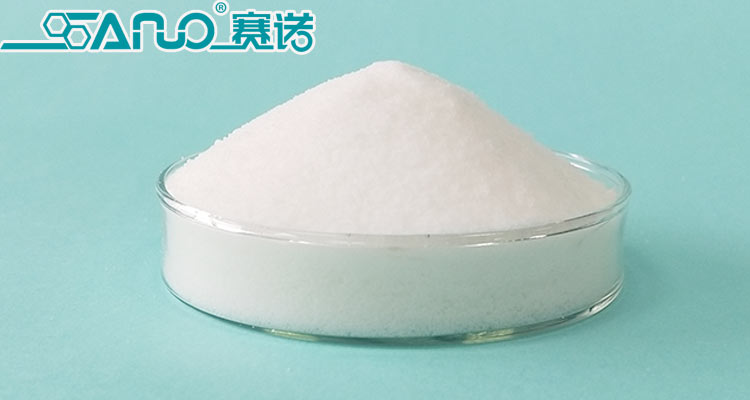In the plastic production process, polymer, additives, processing equipment these three are
the main material conditions.
The variety and quantity of additives used in Thermoplastic are relatively large, and the
processing of thermosetting polymer requires relatively few additives other than those
needed for curing.
The amount of additives used is small, usually a few percent or even a few thousandths of
the weight of the polymer. But plasticizer, reinforcing agent, filler, softener, flame retardant
and other large amounts, up to 10 to dozens of parts. Although the dosage of auxiliaries is
small, but the effect is remarkable, even can make some of the properties of large defects or
processing is difficult to lose the practical value of the polymer into valuable materials.
Because of the use of auxiliaries, many fine chemical products have been applied more
effectively. Therefore, auxiliaries are also known as “Industrial monosodium glutamate”.
Selection of auxiliaries according to product characteristics
Additive that improves stability
Namely stabilizer, is to prevent or delay polymer in the process, storage and use of aging
deterioration. Because of the different mechanisms of aging, stabilizers are further divided
into the following four categories:
1. Antioxidant
(1) Free radical inhibitors: main antioxidants, including amines and phenols;
(2) Peroxide: an auxiliary antioxidant, mainly thiodicarboxylate and phosphite, usually used
in combination with the main antioxidant.
2. Light stabilizers
Also known as ultraviolet stabilizers
(1) Light shielding agents: carbon black, zinc oxide and some inorganic pigments;
(2) UV absorbents: salicylates, Benzophenone, benzotriazole, substituted acrylonitrile,
triazine, etc.
(3) Quenching agent: organic chelate of mainly nickel.

3. Heat stabilizer
Generally refers to the stabilizer used in PVC and PVC copolymer.
(1) main stabilizers: salt-based lead salts, metal soaps and salts, organotin compounds, etc.
(2) auxiliary stabilizers: Epoxide, phosphite, polyols, etc.
(3) composite stabilizers: the main stabilizers (mainly metal soaps and salts and organotin
compounds) and auxiliary stabilizers, other stabilizers composition.
4. Mildew inhibitor
Most polymers are insensitive to mold, but they are susceptible to mold due to the addition
of plasticizers, lubricants, fatty acid soap-based heat stabilizers and other substances that can
breed mold in the processing. There are many chemical types of mildew-inhibitors, including
elemental organic compounds, nitrogen-containing organics, dithiocarbamates, trihalomethyl
sulfides, organic halides, and phenolic derivatives.
Additive for improving processability
Including lubricants, release agent, softener, etc. . The lubricant can improve the fluidity and
demoulding property of the polymers, including hydrocarbons, fatty acids and their
derivatives such as amides, esters and metal soaps. Mold release agent coated in the mold
surface, mold products easy to release, and make its surface smooth, often using silicone oil.
Additive for softening and lightening
1. Plasticizer
The vast majority of plasticizers used in the production of PVC, it is the largest consumption
of additives. The plasticizers are mainly phthalate, others are aliphatic dibasic acid ester,
trimellitic acid ester, phosphate ester, epoxy ester, polyester, alkyl sulfonic acid phenyl ester
and chlorinated paraffin, etc. .
2. Foaming agent
Mainly used in foam plastics. Common blowing agents are Azo compound, Nitroso, sulfonyl
hydrazine and so on. The foaming aids for adjusting the decomposition temperature of
foaming agent are urea, organic acid and fatty acid soap.
Qingdao Sainuo Chemical Co.,Ltd. We are manufacturer for PE wax, PP wax,
OPEwax,EVAwax, PEMA, EBS,Zinc/Calcium Stearate…. Our products have passed
theREACH, ROHS, PAHS, FDA testing.
Sainuo rest assured wax, welcome your inquiry!
Website:https://www.sanowax.com
E-mail:sales@qdsainuo.com
sales1@qdsainuo.com
Adress:Room 2702,Block B, Suning Building, Jingkou Road, Licang District, Qingdao,
China
Post time: Apr-10-2021
